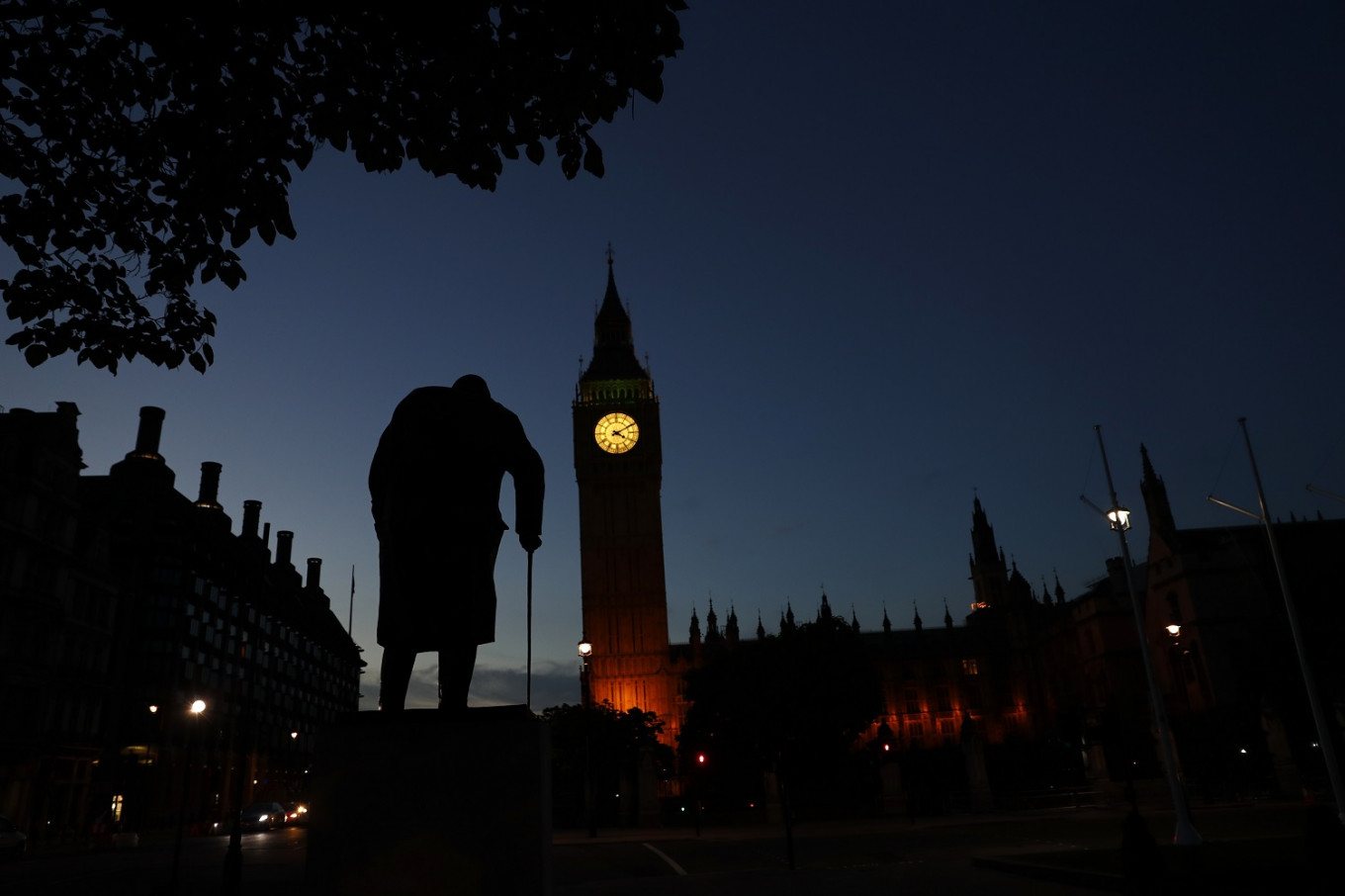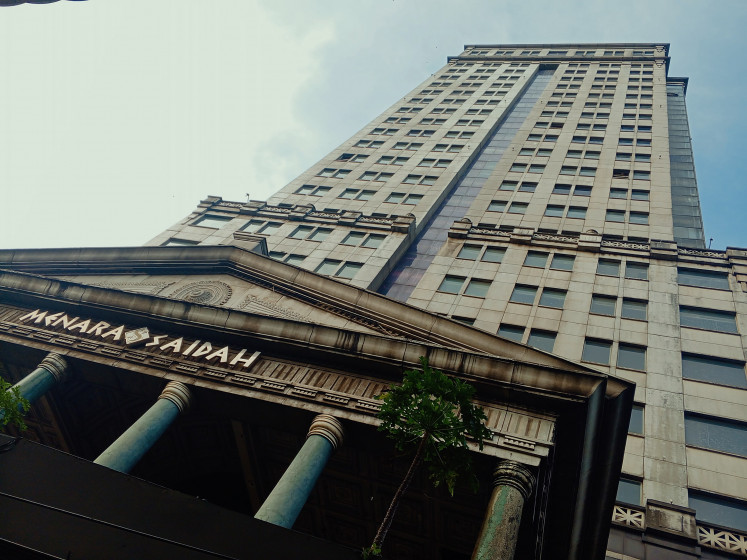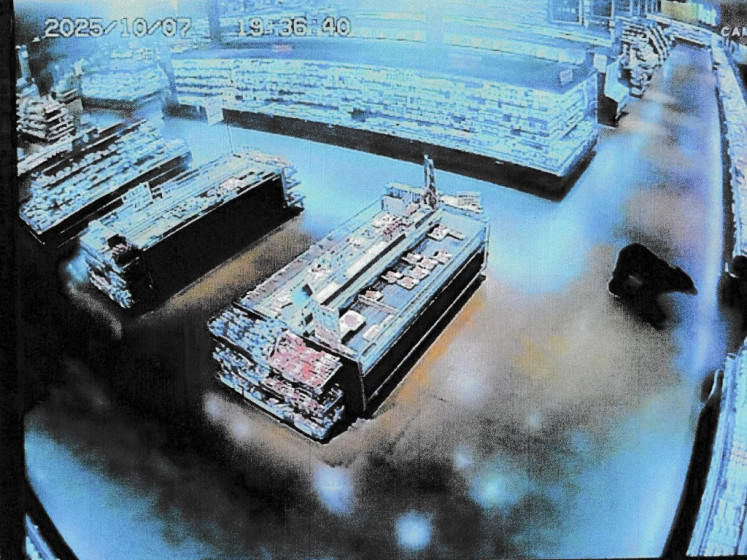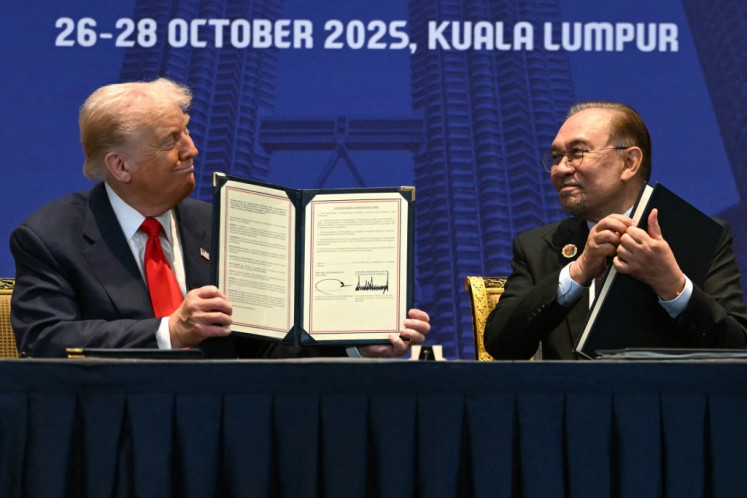Popular Reads
Top Results
Can't find what you're looking for?
View all search resultsPopular Reads
Top Results
Can't find what you're looking for?
View all search results'Kings who were queens': Britain's hidden LGBT+ history proves major draw
Change text size
Gift Premium Articles
to Anyone
F
rom "kings who were queens" to lesbian lawmakers and reformist governments, Britain's history is awash with LGBT+ characters - and tourists want to know about them.
As Britain marks LGBT History Month, its parliament has increased the number of tours dedicated to the hidden history of lesbian, gay, bisexual and transgender lives in response to unprecedented demand.
"There's definitely more demand for the tours and these are now a permanent feature across the calendar," said a parliament spokesman.
Britain's parliament has the highest proportion of LGBT+ members of any in the world, with 45 of its current lawmakers - 7 percent of the total - identifying as such.
"It is a history of kings and queens - and some kings who were queens," Pride at Parliament tour guide Ralph Spencer told the Thomson Reuters Foundation on Monday.
Westminster Hall, which dates back to 1097, was probably "built by a gay man and refurbished by a bisexual (man)", according to Spencer.
During the time of King William II, the third son of William the Conqueror, Westminster Hall was unlit, allowing the dark to cloak "all sorts of things", Spencer said.
William Rufus, as the king who reigned from 1087 to 1100 was also known for his red hair, was attended by "a flock of (male) harlots acting in an effeminate way", he added.
Before and after the English parliament was first convened in 1215, numerous kings and queens were accused of homosexuality, most notoriously Edward II, who reigned for almost 20 years from 1307.
He was the "playboy prince", Spencer said, known for his close relationship with courtier Piers Gaveston.
Yet history records other, perhaps more unexpected, royal LGBT+ characters from the past.
Richard I, also known as Richard the Lionheart, was said to have had an affair with the king of France.
And Queen Anne, immortalized by Oscar-winning actor Olivia Colman in the film The Favourite, was said to have had a close relationship with Sarah Churchill, Duchess of Marlborough.
Britain's first openly lesbian member of parliament was Maureen Colquhoun, although not by choice - she was outed by a newspaper in 1976. Chris Smith would become the first parliamentarian to come out while in office in 1984.
Parliament saw a flurry of LGBT+ reforms following the election of Tony Blair as prime minister in 1997.
An equal age of consent at 16 for both gay and straight men and a repeal of the ban on LGBT+ people serving in the armed forces was followed by gay marriage under the premiership of David Cameron.
"Society has become hugely more tolerant, with a slight hiccup during the period of the AIDS crisis," said Dominic Janes, professor of modern history at Keele University.
"There was a powerful rebound in the mid-90s and in the early 20th century and that basically helped spur a whole series of progressive reforms.











